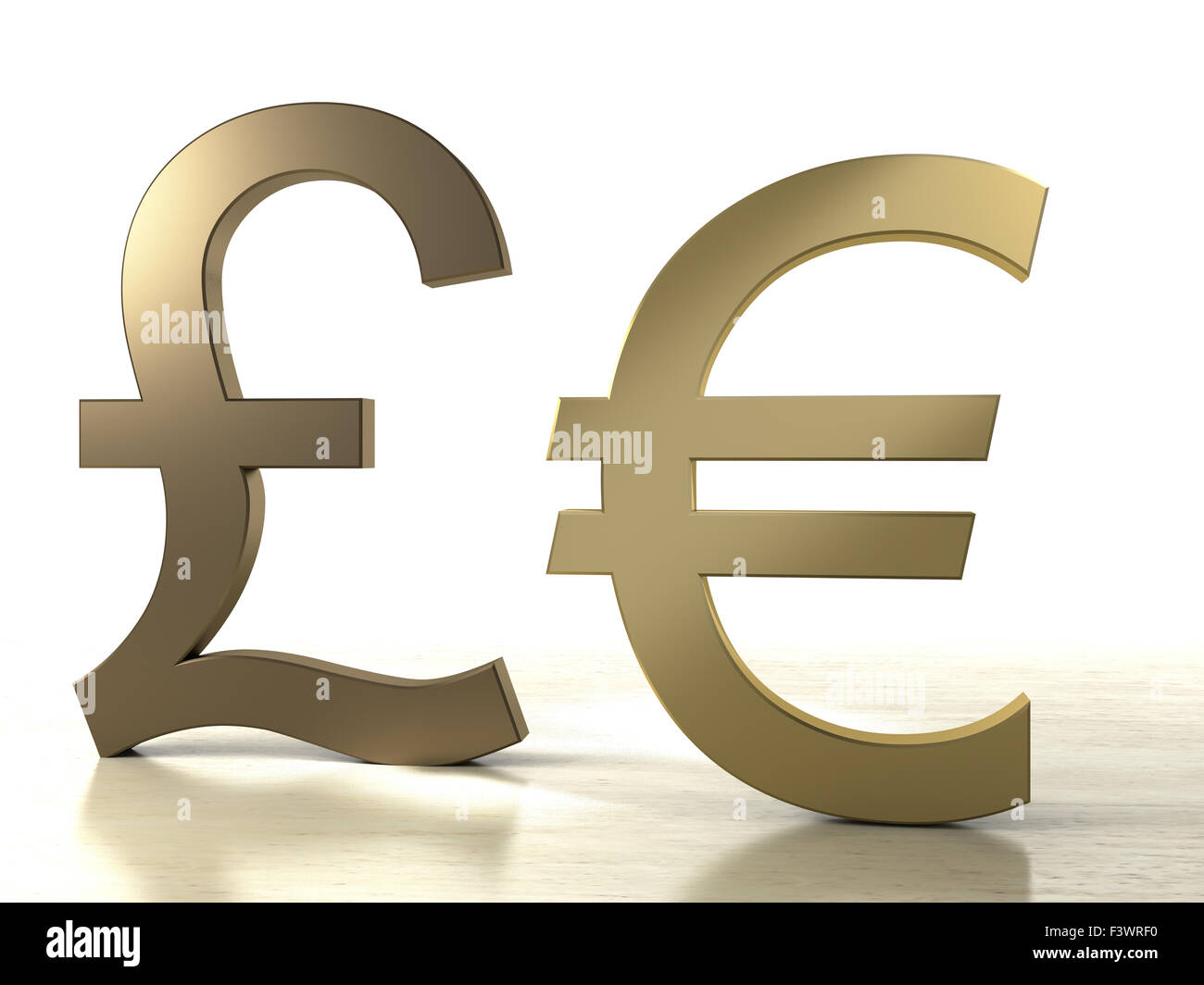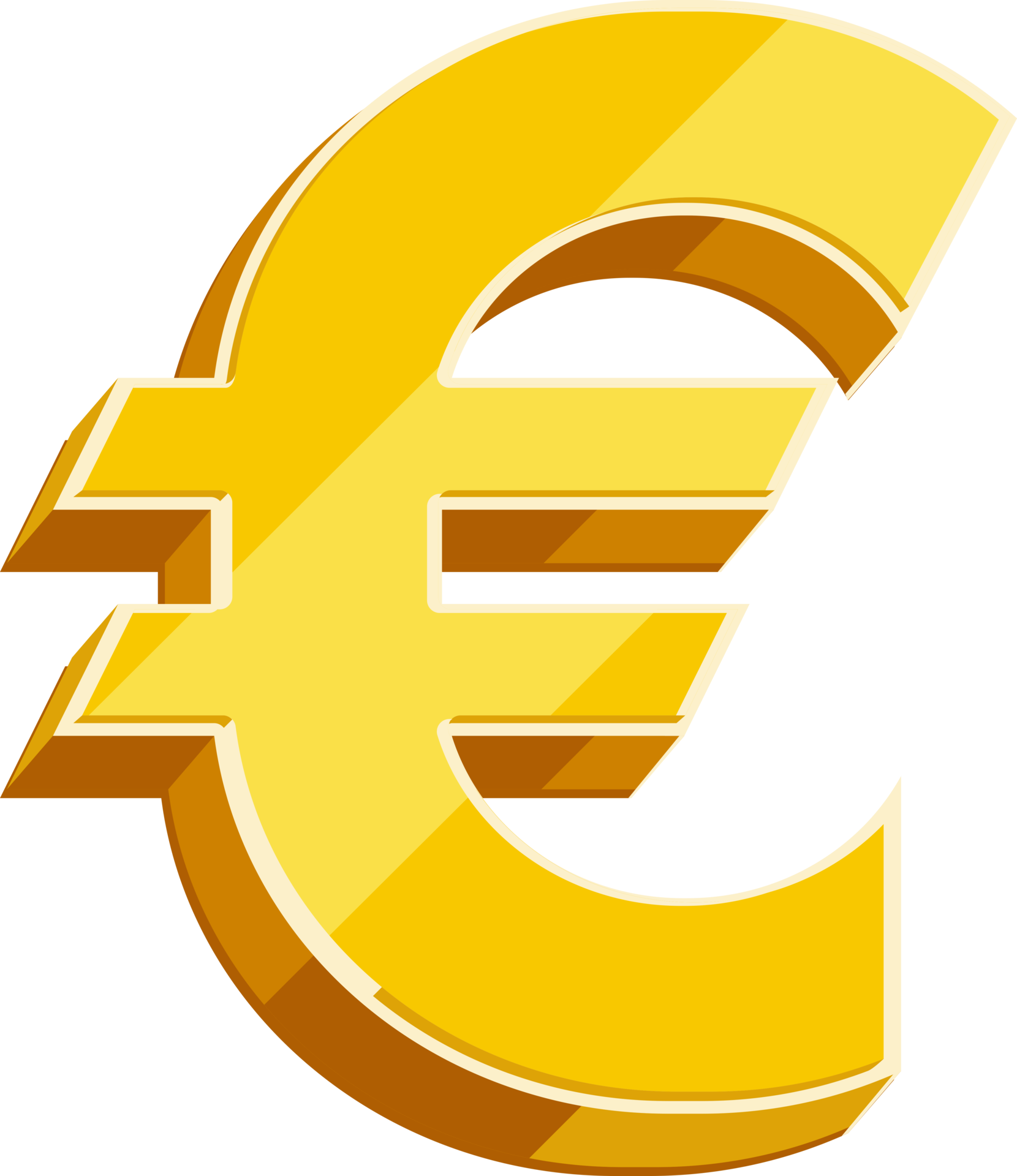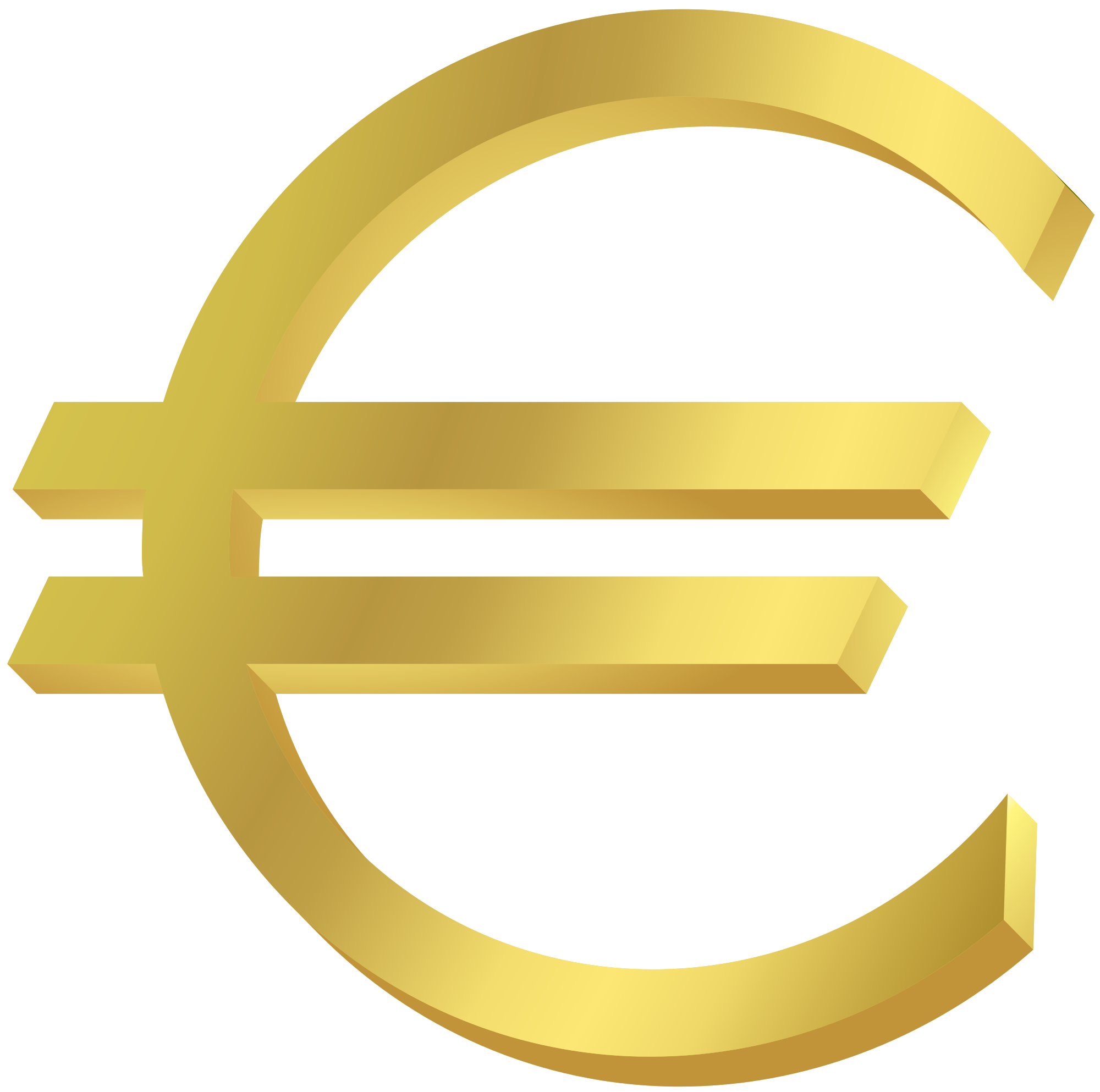What Is The Sign For Euros? A Comprehensive Guide To Understanding The € Symbol
Have you ever wondered what the sign for euros is and why it looks the way it does? Well, buckle up, my friend, because we’re diving deep into the world of currency symbols! The euro sign, represented as €, is more than just a simple mark on your keyboard. It’s a symbol of unity, economic power, and globalization. Whether you’re planning a trip to Europe, brushing up on financial knowledge, or just curious about how currency works, this article has got you covered.
Let’s be honest—money talks, and understanding its symbols is like learning a secret language. The euro sign isn’t just another squiggle; it’s a carefully designed emblem that represents one of the most widely used currencies in the world. So, if you’ve ever scratched your head wondering, “What does the € mean?” or “Why does it look like that?” you’re in the right place.
Before we jump into the nitty-gritty, let’s set the stage. The euro (€) is the official currency for 20 out of 27 European Union member countries, and it’s used by over 340 million people daily. That’s a lot of people using the same little symbol to buy coffee, pay bills, and save for vacations. Stick around, and we’ll break down everything you need to know about the € sign, its history, design, and even some fun facts!
Read also:Hyungry Replacement Ep 3 Dive Into The Latest Episode Thats Got Everyone Talking
Understanding the Basics of the Euro Sign
First things first, the € sign is not just a random doodle. It’s a meticulously crafted symbol that represents the euro currency. Think of it as the face of the euro, a visual cue that instantly tells you what you’re dealing with. The sign consists of two parallel lines cutting through a stylized "E," which stands for Europe. It’s sleek, modern, and easy to recognize, making it perfect for a global currency.
Here’s a quick breakdown of what makes the € sign unique:
- Design: The "E" shape with two lines is meant to evoke stability and strength, while also resembling the Greek letter epsilon, a nod to the rich history of Europe.
- Symbolism: The two lines represent balance and security, essential traits for any currency.
- Global Recognition: The € sign is instantly recognizable worldwide, making transactions smoother for travelers and businesses alike.
The History Behind the € Symbol
Now that we’ve covered the basics, let’s dive into the backstory. The € sign was officially unveiled on December 15, 1996, during a press conference in Brussels. It was the brainchild of a team of designers led by Belgian graphic artist Alain Billiet. The goal was to create a symbol that would represent the unity and strength of the European Union while being simple enough for everyday use.
But why December 1996, you ask? Well, that was the year the euro was officially adopted as the currency of the Eurozone. The € sign was part of a larger effort to standardize and simplify financial transactions across Europe. Since then, it’s become an integral part of daily life for millions of people.
How Was the € Symbol Created?
The creation of the € symbol wasn’t just a matter of drawing a pretty picture. It involved a lot of research, brainstorming, and testing. The designers wanted a symbol that was:
- Simple and easy to recognize
- Reflective of European culture and history
- Distinct from other currency symbols like the dollar ($) or pound (£)
After months of deliberation, the € sign emerged as the clear winner. It was officially adopted in 1996 and has been in use ever since.
Read also:Eddie Guerrero The Iconic Wrestler Who Left An Indelible Mark On Wwe
Where Can You Find the € Sign?
The € sign is everywhere! From price tags in stores to digital transactions online, it’s hard to miss. Here are some common places where you’ll encounter the € sign:
- Banknotes and coins
- Price tags and receipts
- Financial reports and statements
- Online shopping platforms
- Travel apps and websites
Whether you’re buying a croissant in Paris or booking a hotel in Berlin, the € sign is your constant companion in the Eurozone.
Using the € Sign in Digital Communication
In the digital age, the € sign is just as important as it is in the physical world. Most keyboards have a dedicated key for the € symbol, making it easy to use in emails, documents, and social media posts. If you’re ever stuck, you can always copy and paste it from a reliable source. Just remember to double-check that you’re using the correct symbol (€) and not a similar-looking character.
The Importance of the € Sign in Global Finance
Let’s talk about the bigger picture. The € sign isn’t just a symbol for the euro; it’s a symbol of economic power. The euro is the second most traded currency in the world, right behind the US dollar. It plays a crucial role in global trade, investment, and finance. Understanding the € sign and its significance can give you a better grasp of how the global economy works.
For businesses, the € sign represents opportunities for growth and expansion. For travelers, it means seamless transactions across borders. And for everyday consumers, it’s a reminder that money isn’t just about numbers—it’s about connections and possibilities.
How the € Sign Affects Exchange Rates
Exchange rates are a big deal when it comes to global finance, and the € sign is right in the middle of it all. The value of the euro compared to other currencies can fluctuate based on a variety of factors, including economic performance, political stability, and market demand. Understanding these dynamics can help you make informed decisions, whether you’re planning a trip to Europe or investing in international markets.
Fun Facts About the € Sign
Who says learning about currency symbols has to be boring? Here are some fun facts about the € sign to spice things up:
- The € sign was inspired by the Greek letter epsilon, a nod to Europe’s classical roots.
- It’s the only currency symbol that’s officially recognized by the European Union.
- The € sign is often used in art and design to represent unity and collaboration.
- There’s even a font called “Eurostile” that’s designed to mimic the sleek lines of the € symbol.
So, the next time you see the € sign, take a moment to appreciate its rich history and cultural significance. It’s more than just a symbol—it’s a piece of art!
Common Misconceptions About the € Sign
As with anything popular, there are bound to be some misconceptions about the € sign. Here are a few we’ve heard:
- Myth: The € sign is based on the dollar sign ($). Reality: Not true! The € sign was designed from scratch to be distinct from other currency symbols.
- Myth: The € sign is only used in Europe. Reality: While it’s primarily used in the Eurozone, the € sign is recognized worldwide.
- Myth: The € sign is difficult to type. Reality: Most modern keyboards have a dedicated key for the € symbol, making it easy to use.
Now that we’ve cleared up some of these myths, you can confidently talk about the € sign with anyone!
Why These Misconceptions Exist
Misconceptions often arise from a lack of information or misunderstandings. For example, people might assume the € sign is based on the dollar sign simply because they’re both currency symbols. But as we’ve seen, the € sign has its own unique history and design. By educating ourselves and others, we can help dispel these myths and promote a better understanding of the € sign.
Practical Tips for Using the € Sign
Whether you’re a traveler, a business owner, or just someone who likes to stay informed, here are some practical tips for using the € sign:
- Always double-check that you’re using the correct symbol (€) and not a similar-looking character.
- When traveling in the Eurozone, familiarize yourself with local customs and practices for handling cash and cards.
- Keep an eye on exchange rates if you’re planning to convert currencies or make international purchases.
- If you’re doing business in Europe, make sure your invoices and contracts clearly state the currency being used (€).
By following these tips, you can ensure that your experiences with the € sign are smooth and hassle-free.
Conclusion: What Does the € Sign Mean to You?
So, there you have it—a comprehensive guide to understanding the € sign. From its history and design to its role in global finance, we’ve covered it all. The € sign is more than just a symbol; it’s a representation of unity, strength, and opportunity. Whether you’re using it to buy a cup of coffee or close a multimillion-euro deal, the € sign is an essential part of modern life.
Now it’s your turn! Leave a comment below and let us know what the € sign means to you. Have you ever encountered any interesting experiences with the euro? Share your stories, and don’t forget to check out our other articles for more insights into the world of finance and beyond. Happy exploring!
Daftar Isi
What is the Sign for Euros? A Comprehensive Guide to Understanding the € Symbol
Understanding the Basics of the Euro Sign
The History Behind the € Symbol
Where Can You Find the € Sign?
Using the € Sign in Digital Communication
The Importance of the € Sign in Global Finance
How the € Sign Affects Exchange Rates
Common Misconceptions About the € Sign
Why These Misconceptions Exist
Practical Tips for Using the € Sign
Conclusion: What Does the € Sign Mean to You?


